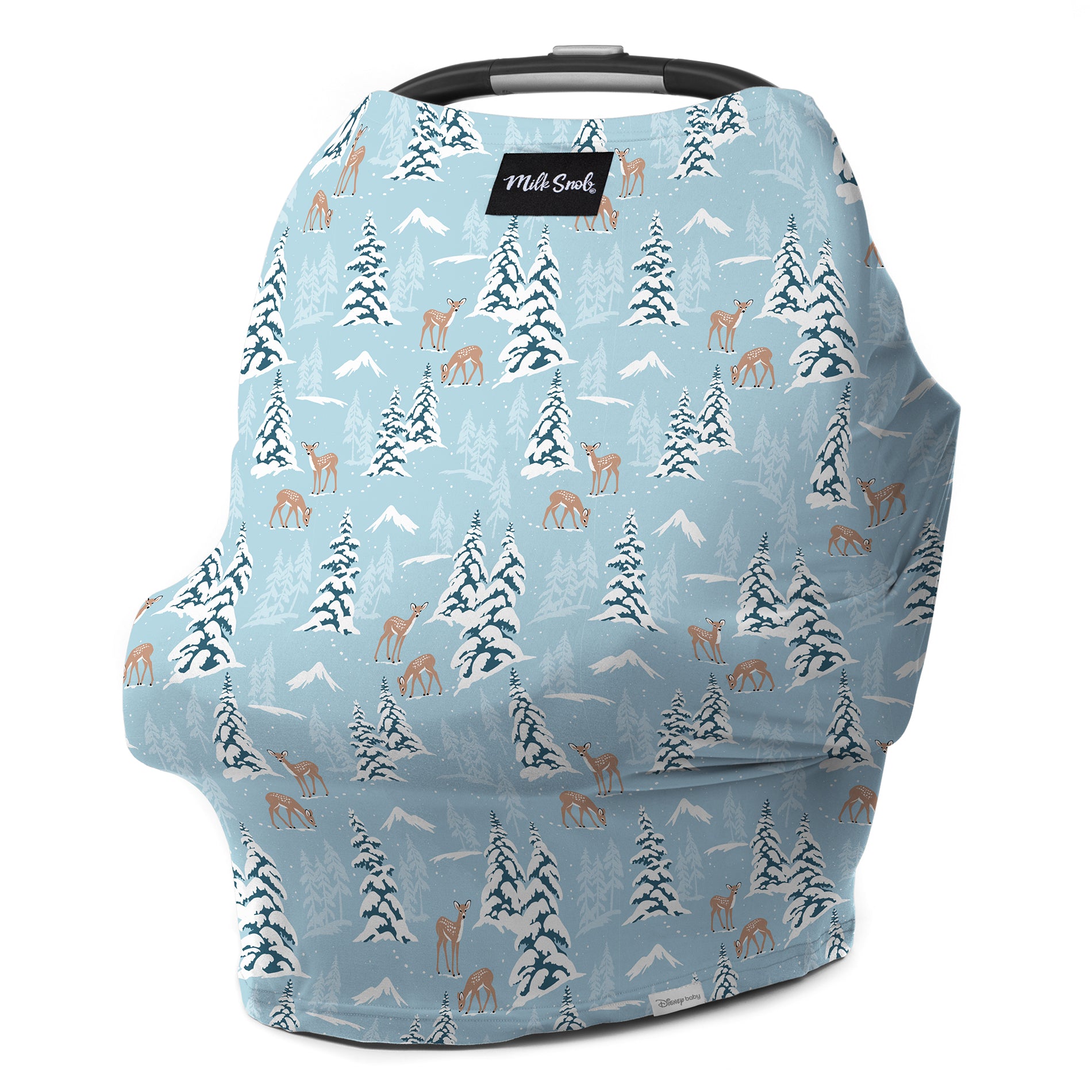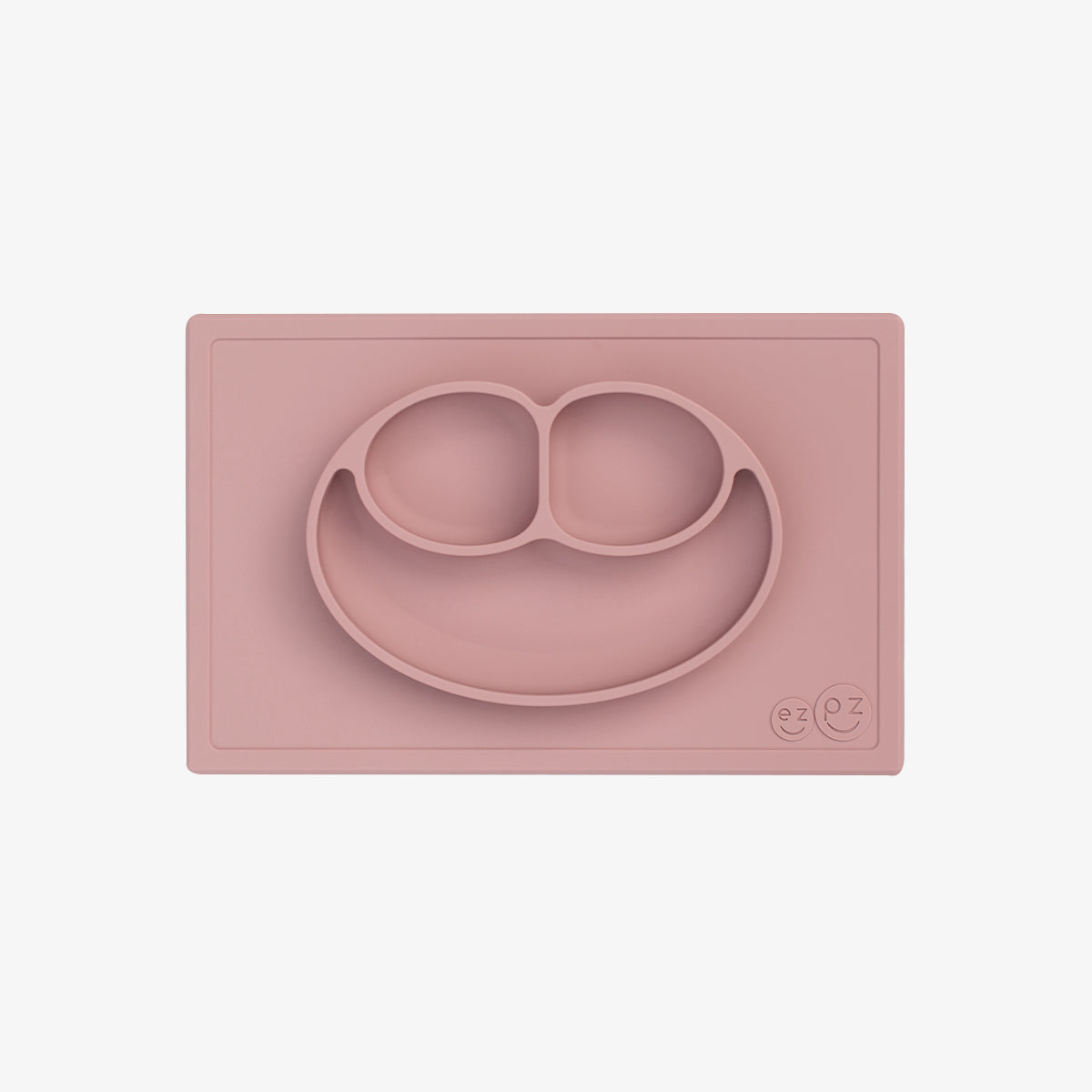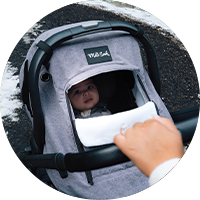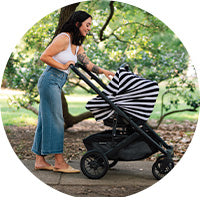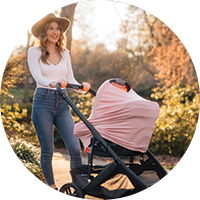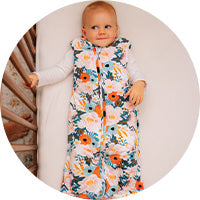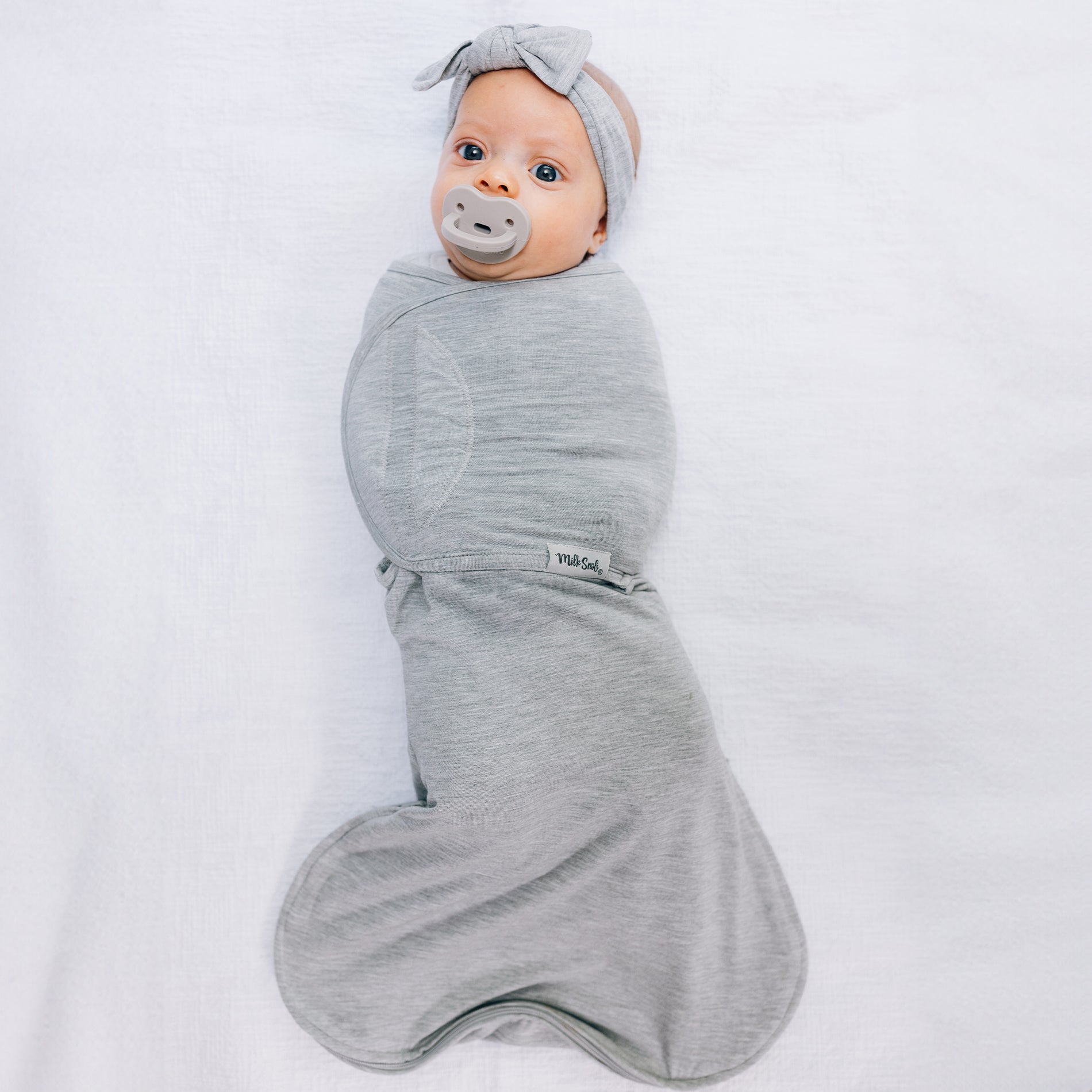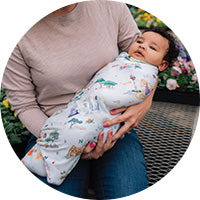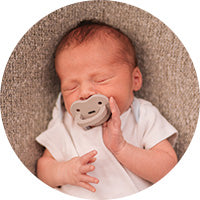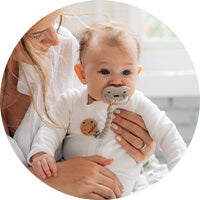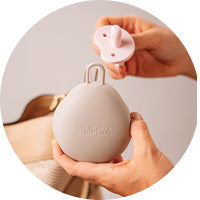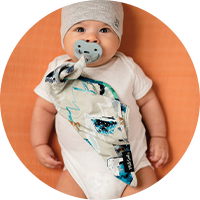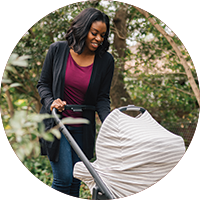Creative Ways to Incorporate Loveys into Your Baby's Daily Routine
Loveys plays a significant role in helping your baby feel safe and calm, especially during moments of stress, transition, or change. Incorporating a lovey into your baby's daily routine can enhance their sense of comfort and familiarity, making daily activities smoother and more enjoyable for both you and your little one.
This article will explore creative ways to incorporate loveys into your baby's routine, focusing on nap time, travel, and playtime. By integrating a lovey into these aspects of your baby's day, you can help foster a sense of security and continuity, which is essential for their emotional and developmental well-being.
The Importance of Loveys in Early Childhood
Before diving into specific tips, it’s essential to understand why loveys are so beneficial for babies. Loveys provide a consistent source of comfort and security, offering a familiar and soothing presence during times of uncertainty. Babies often form strong attachments to their loveys, which can help them navigate new experiences, cope with separation from their parents, and develop emotional resilience.
Loveys also promote self-soothing, a critical skill that allows babies to calm themselves without relying solely on their caregivers. This can be especially helpful during sleep training, travel, or transitions to new environments. By incorporating a lovey into your baby’s daily routine, you’re giving them a powerful tool for emotional regulation and comfort.
Incorporating Loveys into Nap Time
Nap time can be a challenging part of the day for many babies, especially when it comes to settling down and falling asleep. A lovey can be an excellent addition to your baby’s nap time routine, helping to create a sense of security and comfort that encourages restful sleep.
1. Establish a Consistent Nap Time Routine with the Lovey
Creating a consistent nap time routine is crucial for helping your baby understand that it’s time to wind down and rest. Incorporate the lovey into this routine by giving it to your baby during the pre-nap activities, such as reading a story, singing a lullaby, or rocking in a chair. The presence of the lovey will signal to your baby that nap time is approaching, helping them transition more smoothly into sleep.
2. Use the Lovey as a Sleep Cue
Babies often rely on sleep cues to help them recognize when it’s time to rest. A lovey can serve as a powerful sleep cue, signaling to your baby that it’s time to settle down. When you place the lovey in your baby’s crib, it becomes associated with sleep, helping them feel more relaxed and ready to rest.
3. Create a Cozy Sleep Environment
To make nap time even more comforting, ensure your baby’s sleep environment is cozy and inviting. Pair the lovey with a soft blanket or crib sheet in calming colors, and keep the room at a comfortable temperature. The combination of a comforting environment and a familiar lovey can help your baby feel secure and ready to nap.
4. Encourage Independent Sleep with the Lovey
As your baby grows, they’ll need to learn how to fall asleep independently. A lovey can be a valuable tool in this process, providing comfort and reassurance when you’re not physically present. Encourage your baby to hold or cuddle their lovey as they drift off to sleep, helping them develop self-soothing skills that will make nap time less stressful for both of you.
Using Loveys During Travel
Traveling with a baby can be challenging, as new environments and routines can be unsettling for little ones. However, bringing a lovey along on your travels can provide a sense of familiarity and comfort, helping your baby feel more secure in unfamiliar surroundings.
1. Pack the Lovey as a Travel Essential
When packing for a trip, make sure the lovey is one of the first items in your bag. Whether you’re going on a long car ride, flying on a plane, or staying overnight at a new location, having the lovey on hand will provide your baby with a comforting reminder of home.
2. Use the Lovey to Ease Transitions
Transitions can be difficult for babies, especially when moving from one environment to another. Whether you’re transitioning from home to car, stroller to car, or stroller to hotel room, keep the lovey close by. Allow your baby to hold or cuddle the lovey during these transitions, helping them feel more at ease.
3. Incorporate the Lovey into New Routines
When you’re traveling with babies, your baby’s routine will likely change. Incorporate the lovey into these new routines to provide a sense of continuity. For example, if you’re staying in a hotel, place the lovey in your baby’s crib or bed just as you would at home. This familiar object will help your baby adjust to the new environment more quickly and reduce any travel-related stress.
4. Use the Lovey as a Comfort Object During Travel Activities
Travel often involves long periods of sitting or waiting, which can be challenging for babies. Whether you’re on a plane, in a car, or waiting at the airport, give your baby their lovey to hold during these times. The lovey can provide comfort and distraction, making travel activities more manageable for both you and your baby.
Incorporating Loveys into Playtime
Playtime is an essential part of your baby’s daily routine, providing opportunities for learning, exploration, and bonding. While loveys are often associated with sleep and comfort, they can also be a fun and valuable addition to playtime.
1. Encourage Imaginative Play with the Lovey
As your baby grows, their play will become more imaginative. Encourage your baby to incorporate their lovey into imaginative play by treating it as a character or companion. You can create simple stories or scenarios where the lovey joins in on the fun, whether it’s a tea party, a car ride, or an adventure in the backyard.
2. Use the Lovey for Interactive Play
Loveys can also be used for interactive play that strengthens the bond between you and your baby. For example, you can play peek-a-boo with the lovey, hide it under a blanket and ask your baby to find it or use it as a puppet to entertain your baby. These activities promote social interaction and help your baby develop important cognitive and motor skills.
3. Incorporate the Lovey into Sensory Play
Babies love to explore different textures, sounds, and shapes during sensory play. If your baby’s lovey has interesting textures or features, such as crinkly fabric, ribbons, or tags, incorporate it into sensory playtime. Encourage your baby to touch, squeeze, and explore the lovey, stimulating their senses and enhancing their curiosity.
4. Make the Lovey a Part of Your Baby’s Social Circle
As your baby begins to interact with other children, their lovey can become a part of their social circle. Encourage your baby to introduce their lovey to friends or bring it along during playdates. This can provide comfort and help your baby feel more confident in social situations, as the familiar presence of the lovey can ease any anxiety about interacting with others.
Tips for Choosing and Caring for a Lovey
To make the most of incorporating a lovey into your baby’s routine, it’s essential to choose the right one and care for it properly. Here are some tips to help you select and maintain the perfect lovey for your baby:
1. Choose a Safe and Durable Lovey
When selecting a lovey, safety should be your top priority. Choose one made with super soft rayon blend fabric that helps to soothe sensitive or eczema-prone skin and is free of small parts that could pose a choking hazard. Additionally, opt for a lovey that is durable and easy to clean, as it will likely be used daily and may need frequent washing.
2. Have a Backup Lovey
Many parents find that their baby becomes so attached to their lovey and that losing it can be a significant source of distress. To avoid this, consider purchasing a backup lovey that is identical to the original. This way, you’ll have a spare on hand in case the primary lovey is lost, damaged, or needs to be washed.
3. Introduce the Lovey Gradually
If your baby is not yet attached to a lovey, introduce it gradually by incorporating it into their daily routine. Allow your baby to explore the lovey during playtime, cuddle with it during naps, and bring it along on outings. Over time, your baby will likely form a strong attachment to the lovey, and it will become an essential part of their routine.
4. Keep the Lovey Clean
Since your baby will likely use their lovey frequently, it’s important to keep it clean and free of germs. Follow the manufacturer’s care instructions for washing the lovey regularly, and consider having a backup lovey to use while the primary one is being cleaned.
Milk Snob Loveys with Pacifier
Milk Snob has intentionally designed their loveys with an added feature: the ability to attach a pacifier. This combination of a lovey and pacifier attachment offers both comfort and practicality, making it a must-have for parents who want to keep their baby’s favorite soothing items close together.
Conclusion
By creatively integrating a lovey into various aspects of your baby’s day, you’re not only providing comfort but also fostering a sense of stability and confidence that will support their growth and development. By incorporating a Milk Snob lovey with a pacifier attachment into your baby’s routine, you’re ensuring that your little one has all the comfort and soothing tools they need in one convenient, stylish package.





